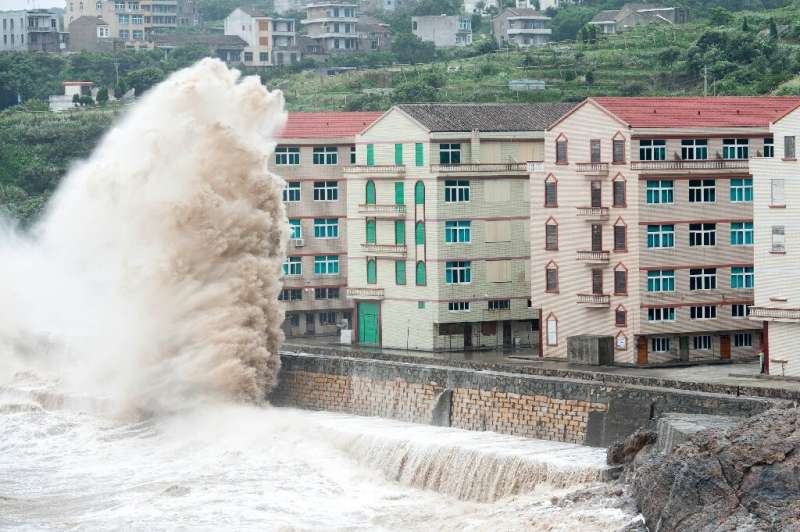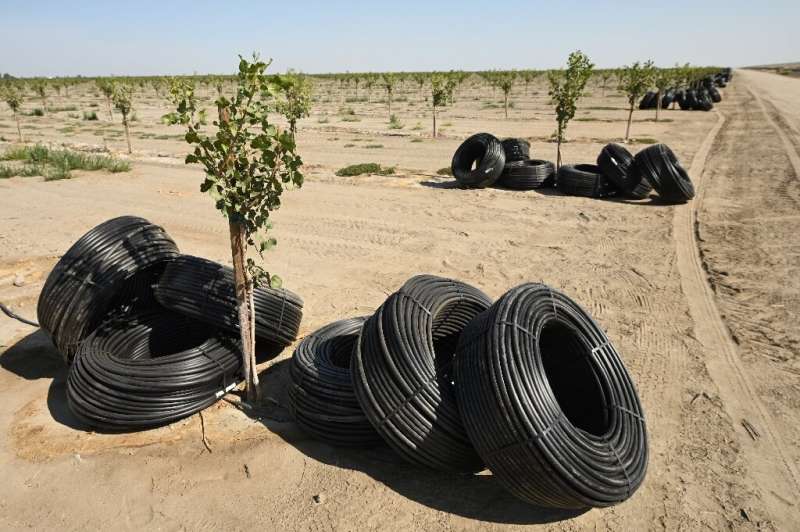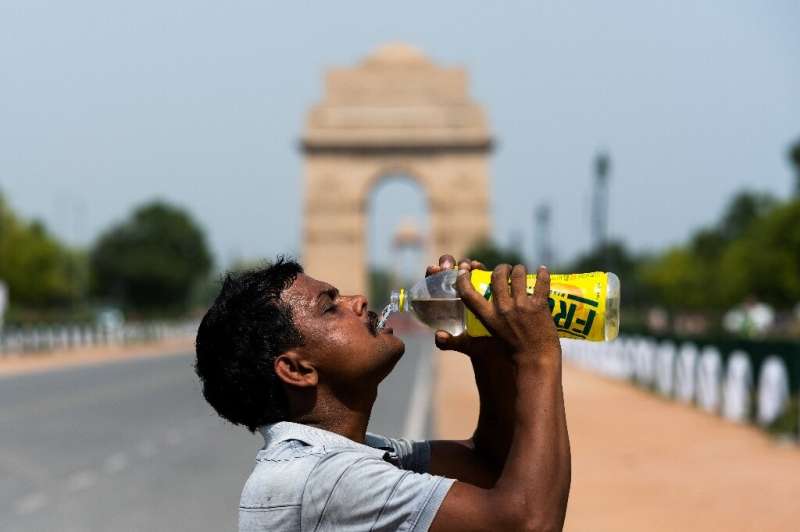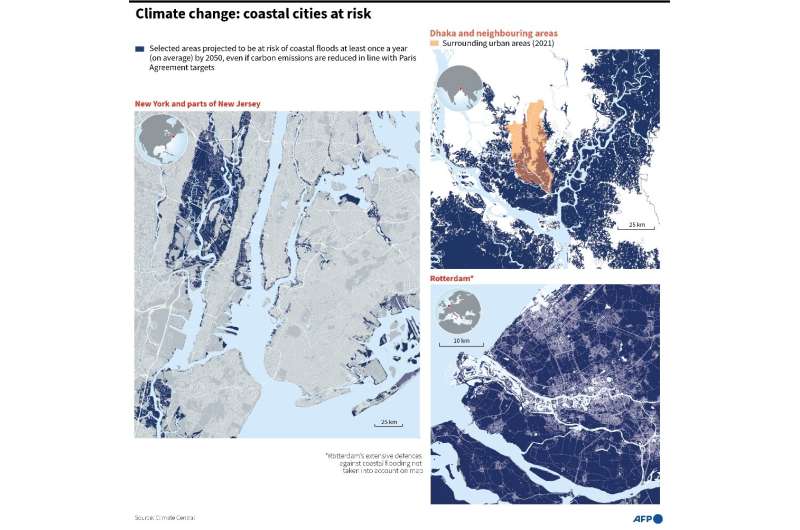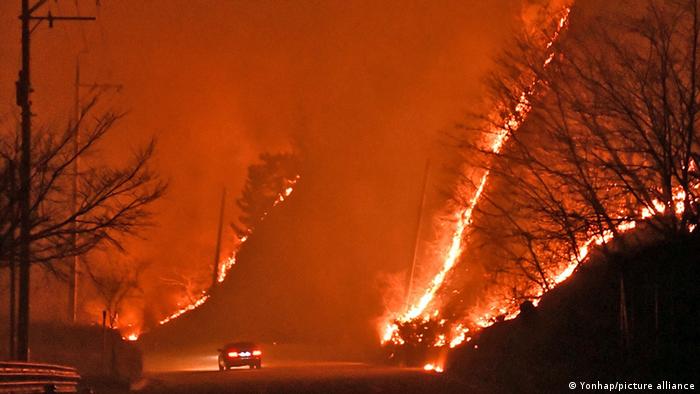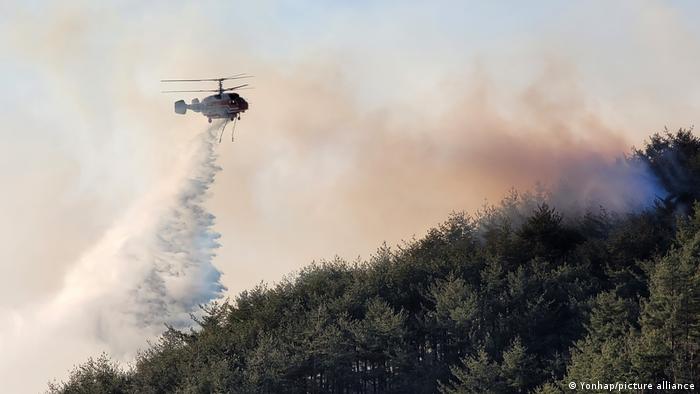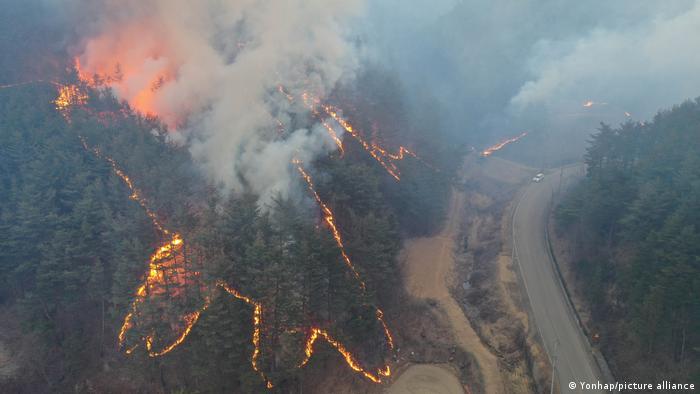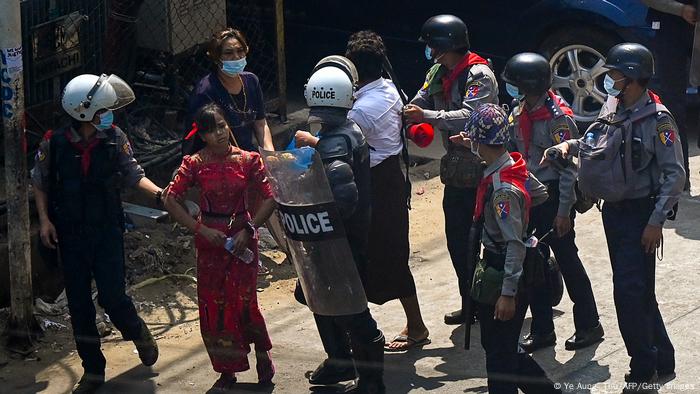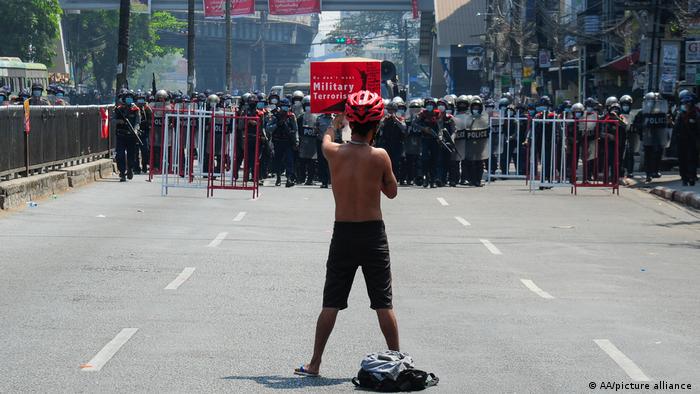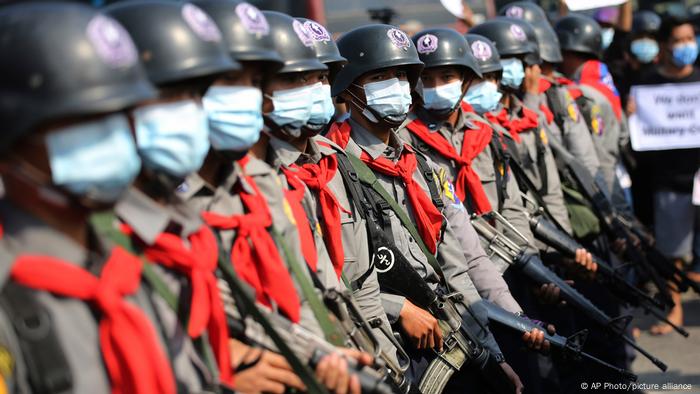The Intergovernmental Panel on Climate Change — IPCC — has issued its direst warning of all-time: “Climate breakdown is accelerating rapidly.” Additionally, they readily admit to overly conservative predictions: “Many impacts will be more severe than originally predicted.”
The crowning blow of this heavy-hitting report is a chilling statement: “There is only a narrow chance left of avoiding its worst ravages.”
Moreover, the IPCC claims that even at current levels dangerous widespread disruptions threaten devastation of swathes of the natural world: “Many areas will become unlivable.”
Interestingly enough, the world is fully aware that climate change is on a collision course with life. At some level people know this. This is true because of media exposure of organized climate marches and protests across the globe for decades now. It’s doubtful that you could find one person that has not heard about global warming and climate change, although almost all chose to ignore the details. Indigenous people live with it on a daily basis. The climate change/global warming story is decades old.
However, what is different now is the emphasis and tone of the IPCC. Clearly, climate scientists are running scared of what the future holds. There’s no more time to waste. The window to do something is rapidly closing.
All of which leads to the conclusion that the warning, as dreadful as it sounds, by one of the most noteworthy institutions in the world, may not be enough to change the course (curse) of climate change soon enough. For example, some things never change, the climate change/global warming issue has been a storyline for far too long, and worn thin, and not taken as seriously as the situation warrants. It is a hackneyed complexity that people easily brush off.
Oh sure, people will talk about it on the radio and comment about how horrible things are, yadda-yadda-yadda (Greta Thunberg effectively used that phrase in reference to all of the ‘hot air’ at climate conferences). And, she was right to couch it that way because greenhouse gases far outpace any kind of mitigation efforts by nation/states. In reality, greenish tokenism is all that’s been accomplished.
According to an International Energy Agency (IEA) Paris July 2021 press release: “Global electricity demand is growing faster than renewables, driving strong increase in generation from fossil fuels… notably coal, threatening to push CO2 emissions from the power sector to record levels in 2022.”
Meanwhile, surging demand has fossil fuels at $100/barrel and headed in that direction well before Russia invaded Ukraine. Spending for oil and gas exploration is on the rise as CO2 rises in tandem, knocking on the door of 420 ppm for the first time in human history, lo and behold, it’s accelerating! Does this mean that nobody is serious enough about mitigating the impact of CO2?
It sure looks that way as the most recent year over year change in CO2 emissions from February 2021 @416.51 ppm to February 2022 @ 419.63 ppm equals +3.12 ppm, or 28% above the last 10-year average.
CO2 growth, or ppm/year data for 60 years from the Keeling Curve demonstrate decadal average annual rates registered at Mauna Loa Observatory (est. 1965) elevation 11.135 feet on the north flank of Mauna Loa Volcano on the Big Island, Hawaii:
Average annual rate of CO2 (ppm) over past 60 years:
Past 12 mos+3.12 (as of February 2022)
2011-2020 + 2.43
2001-2010 + 2.04
1991-2000 + 1.55
1981-1990 + 1.56
1971-1980 + 1.35
1961-1970 + 0.91
Over the past 60 years CO2 has increased every decade, and of even more concern, acceleration has picked up steam since the turn of the 21st century. Recent CO2 measurements at Mauna Loa are at all-time new record highs. Furthermore, today’s rate is 250% above its average annual rate of +0.91 ppm from 50-60 years ago.
As of March 2022, there is no evidence that mitigation efforts have slowed down the rate of increase of CO2 even though scientists and the IPCC have been warning of excessive levels of CO2 in the atmosphere for decades. In fact, Dr. James Hansen (Columbia University, but with NASA at the time) warned the US Senate of threatening greenhouse gases way back in the 1980s, a warning that made NYT headlines.
A perspective on the growth rate of CO2 is provided by the National Oceanic and Atmospheric Administration (NOAA) and Scripps Institution of Oceanography: “Today’s rate of increase is more that 100 times faster than the increase that occurred when the last ice age ended.”
Which means what? It means urgent mitigation must be employed, or buckle up.
Here’s what 100 times faster looks like, according to Dr. Katey Walter Anthony, Aquatic Ecosystem Ecologist and Professor, Water and Environmental Research Center, University of Alaska/Fairbanks: “It was 14,000 years ago, as the climate warmed, when permafrost thermokarst lakes flared up on the landscape, bringing 4°C warming over a period of 8,000 years.” Nowadays, according to Dr. Anthony, a similar 4°C warming will likely occur over only 80 years, which is 100-times faster than 14,000 years ago.
When will 4C happen? Answer: Nobody knows for certain, but Dr. Anthony suggests, unless strong mitigation efforts are taken, this century. Is 4C above pre-industrial a killer, lights out? Indeed, humanity is playing with fire.
Already, the IPCC warning contains a long list of potential horror stories, especially if global temperatures are allowed to exceed 1.5C pre-industrial versus 1.2C today from (1) shortages of food and water owing to climate change, and even at current levels of temperatures, (2) to mass die-offs of species, including die-offs of trees and corals, (3) as key ecosystems, like rainforests, lose carbon sink capacity, becoming sources of carbon emissions directly into the atmosphere in concert with cars, trains, planes, and cows in a powerhouse CO2-fest. Under those circumstances Earth’s innate beauty becomes unrecognizable.
The degree of danger has become so unbearably conclusive to climate scientists that they are letting it all hang out, for example: “Dave Reay, the director of Edinburgh Climate Change Institute at the University of Edinburgh, said: ‘Like taking a wrecking ball to a set of global dominoes, climate change in the 21st century threatens to destroy the foundations of food and water security, smash onwards through the fragile structures of human and ecosystem health, and ultimately shake the very pillars of human civilization,”
A feature story in the February 28th edition of The National Academies of Sciences, Engineering and Medicine by Megan Lowry is entitled: “Latest IPCC Report Says Impacts of Climate Change Are Irreversible and Widespread; Urges Efforts to Cut Emissions and Adapt”:
In a statement released today, IPCC chair Hoesung Lee said, ‘This report is a dire warning about the consequences of inaction. It shows that climate change is a grave and mounting threat to our wellbeing and a healthy planet. Our actions today will shape how people adapt and nature responds to increasing climate risks.
The IPCC’s report also finds that nations are not doing enough to reduce emissions and protect themselves from climate hazards and few countries escape unscathed.
Based upon several unnerving descriptions in the IPCC report, one would expect the world community to convene an emergency all-hands-on-deck meeting with checkbooks in hand to fund a rapid transition to a fossil-free world.
Otherwise, IPCC warnings of destruction of the core sources for life on this planet will materialize and maybe sooner than expected. In the chilling words of the authors of the report: “The assessment report is the sixth since the IPCC was first convened by the UN in 1988, and may be the last to be published while there is still some chance of avoiding the worst.”
Repeating that IPCC statement: “… while there is still some chance of avoiding the worst” is a message of foreboding that reverberates across land and sea, all of which, for the first time since humans gathered around fires, depends upon humanity to defend, protect, and husband. Will it happen, soon enough?
Here’s what the failure of countries to mitigate greenhouse gas emissions has wrought. New York Times March 1st headline: “These Climate Scientists Are Fed Up and Ready to Go on Strike”. According to the article: “Evidence on global warming is piling up. Nations aren’t acting. Some researchers are asking what difference more reports will make.”
Climate scientists on strike!
Who can blame the scientists for frustration and anger when record-setting CO2 emissions follow in the footsteps of 26 COPs (Conference of the Parties) and six Assessment Reports, all starting in 1988, and decades of warnings to leaders of the world foretelling what has now become so obvious.
Robert Hunziker (MA, economic history, DePaul University) is a freelance writer and environmental journalist whose articles have been translated into foreign languages and appeared in over 50 journals, magazines, and sites worldwide. He can be contacted at:
rlhunziker@gmail.com.
Read other articles by Robert.
This article was posted on Saturday, March 5th, 2022 at 12:06pm and is filed under Climate Change, CO2 Emissions, Environment, Fossil Fuel Emissions (FFE), Global Warming, Greenhouse Gas Emissions, Permafrost, Rain Forests, Sustainability.










